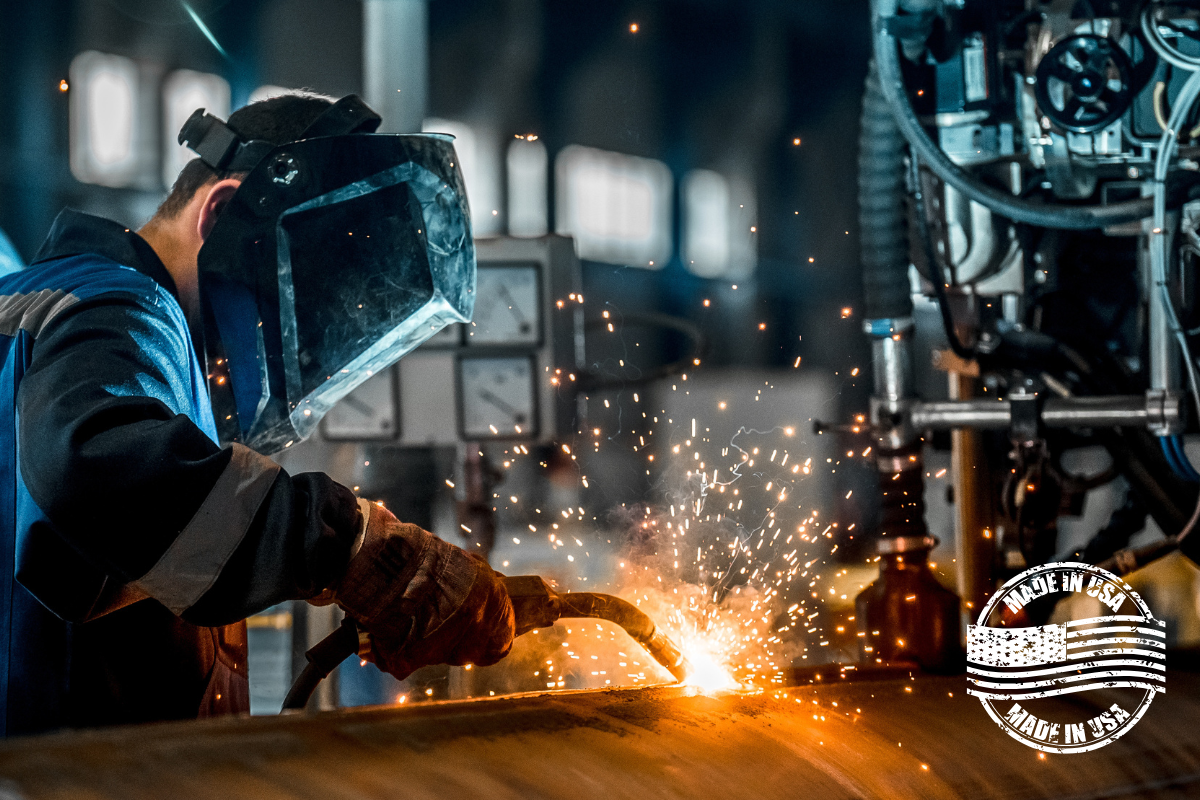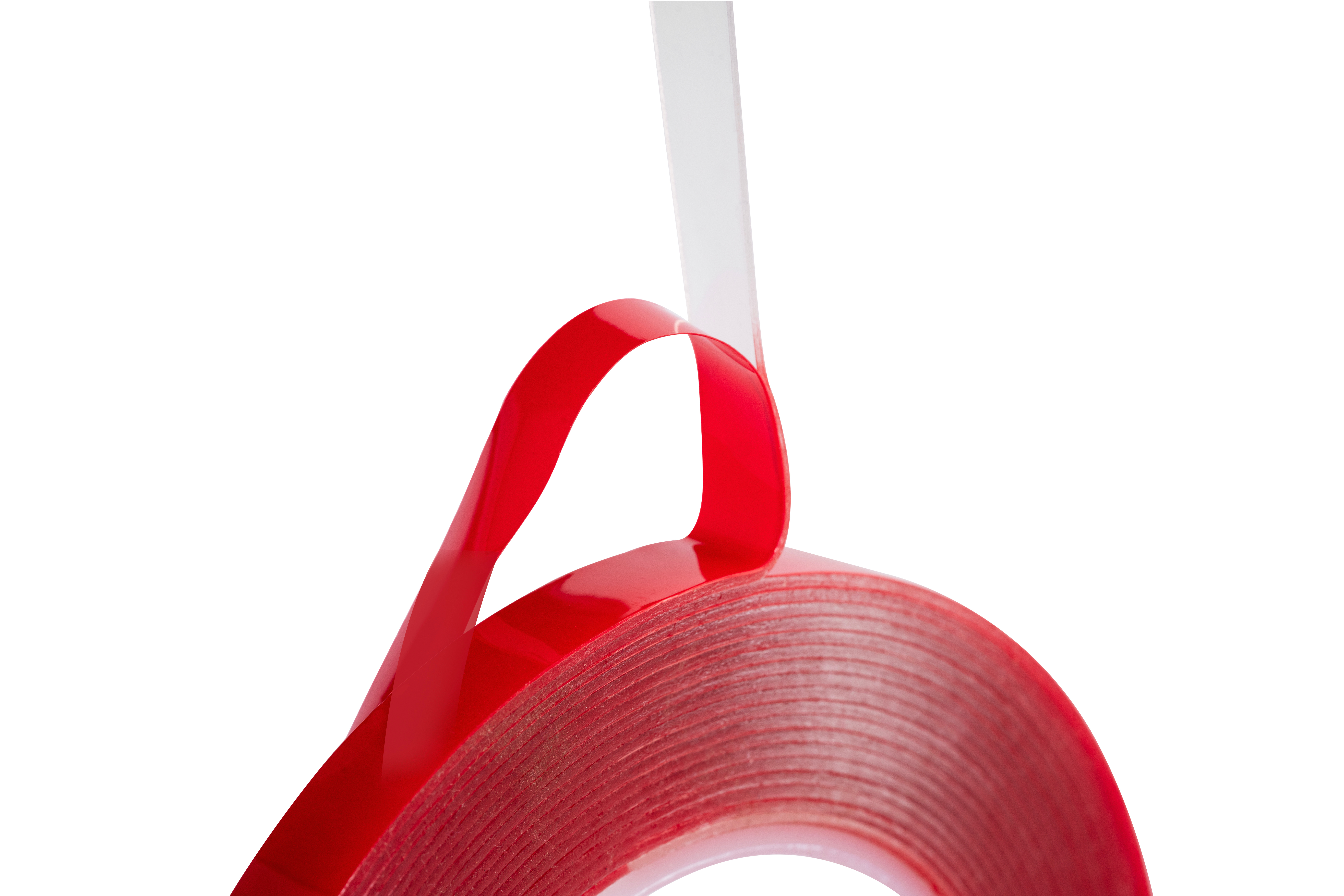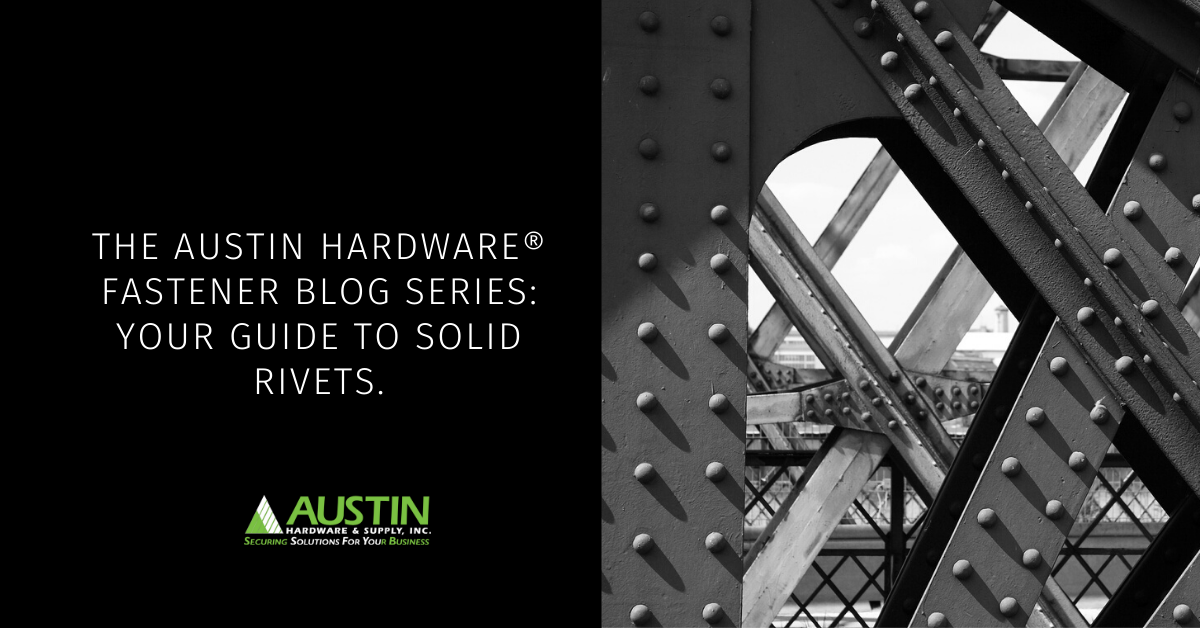
A Wikipedia citing notes that, “Solid rivets are one of the oldest and most reliable types of fasteners, having been found in archaeological findings dating back to the Bronze Age.” According to ThomasNet, Solid rivets “With their full-bodied design, solid rivets represent the strongest of the rivet varieties and, installed red-hot, were the rivets employed in structural-steel buildings and the like before bolted- and welded-joint techniques supplanted them.” Solid rivets are one of the strongest permanent fasteners and are commonly used in applications where safety and reliability are of the utmost importance. This is why they are used frequently in the aircraft and auto industries.
You’ll also find solid rivets used today in many assemblies where strength, reliability of installation, and consistent aesthetics are required. Applications are as varied as over-the-road dry freight trailer side panels, rail cars, automobile pulley assemblies, ships, boiler shells, metal toolboxes, RV’s, travel trailers, outdoor furniture and more.
Solid rivets are available in various sizes, materials, and head styles.
Materials include: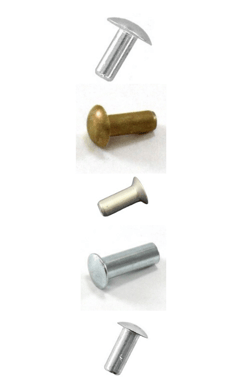
- Aluminum
- Steel
- Stainless Steel
- Copper
- Brass
- Titanium
- Monel
- … and others.
Head styles include:
- Flat Head
- Countersunk Head (various degrees of countersinking available)
- Pan Head
- Brazier Head
- Modified Brazier Head
- Round or Button Head
- Universal Head
- Truss Head
Solid rivets are among the simplest fasteners in composition. They consist of only two simple, distinctive areas: a head or flange and a shaft, shank, or rivet body.
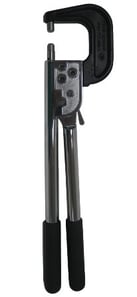 First, a pilot hole must be drilled in the materials to be attached to fasten a solid rivet. Once inserted into the holes, the solid rivet is installed by either spinning, compressing, or impacting the shank. This action swells the shank to fill the hole in the materials and creates a clinched head on the backside of the rivet. It’s important to note that access to both sides of the application is required when installing solid rivets.
First, a pilot hole must be drilled in the materials to be attached to fasten a solid rivet. Once inserted into the holes, the solid rivet is installed by either spinning, compressing, or impacting the shank. This action swells the shank to fill the hole in the materials and creates a clinched head on the backside of the rivet. It’s important to note that access to both sides of the application is required when installing solid rivets.
There are two main types of tooling for solid rivets. They include squeezers,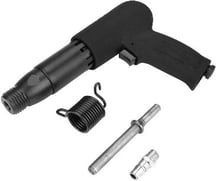 available in hand-held and stationary pneumatic styles, as well as hand-held air hammers fitted with the appropriate rivet dies.
available in hand-held and stationary pneumatic styles, as well as hand-held air hammers fitted with the appropriate rivet dies.
Benefits of Solid Rivets
- High strength
- Tamper-resistant
- Vibration resistant
- Cost-effective, especially relative to threaded fasteners
- Ease of installation
- Increased production output
- No special equipment, processes or training required
- Multiple head styles for various applications
- Easy to paint or polish as needed
Austin Hardware® has solid aluminum rivets in a variety of sizes and head styles in stock and ready to ship. Contact your nearest Austin location for these or any other fastening needs.



